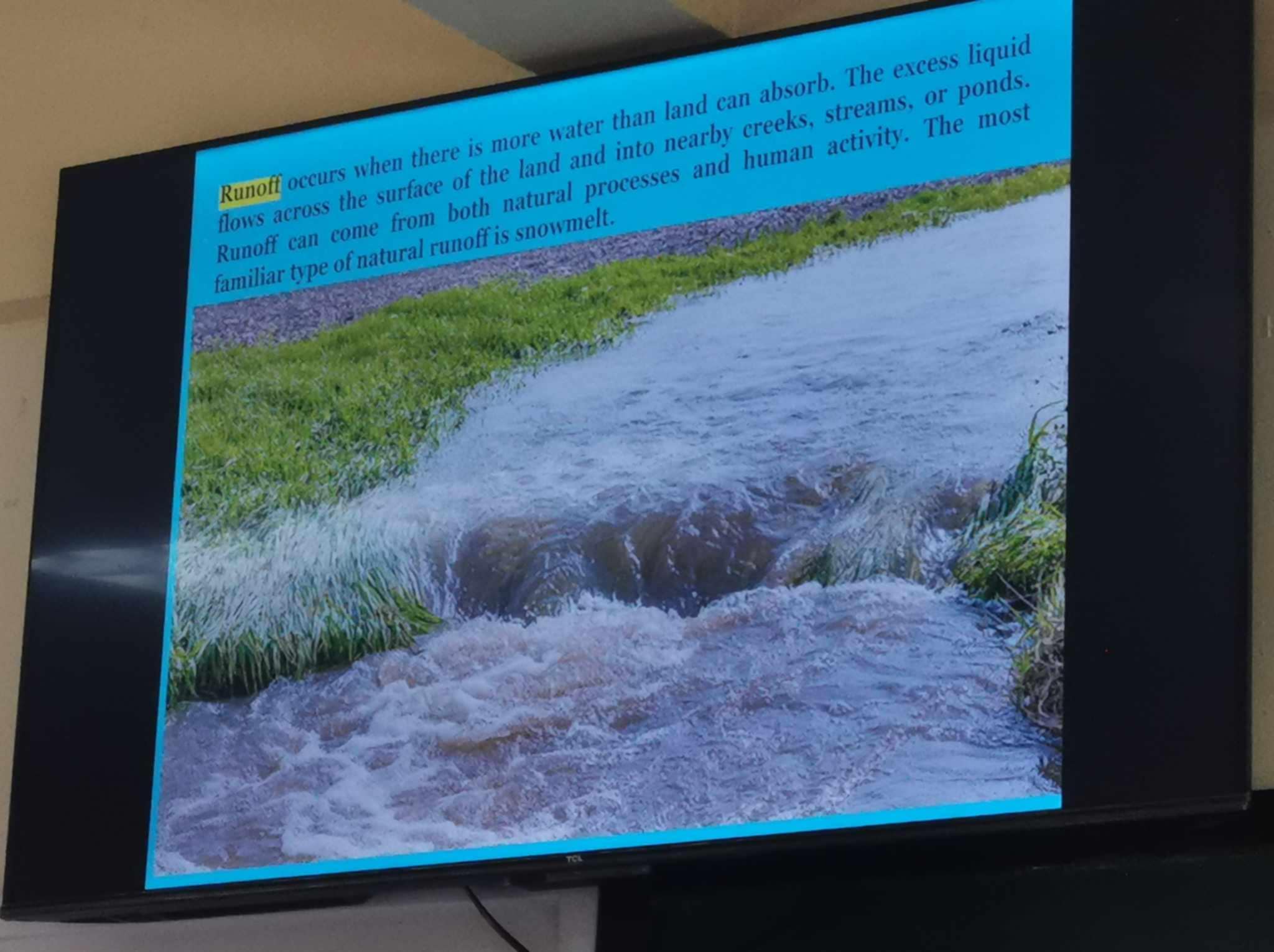What is runoff and what are its sources?

Understand the Problem
The content in the image discusses the concept of runoff, explaining its occurrence when water exceeds the land's absorption capacity. It highlights natural and human sources contributing to runoff, with snowmelt as a common example.
Answer
Runoff is excess water from rain, snowmelt, or human activities flowing over land.
Runoff occurs when excess water from rain, snowmelt, or human activities like irrigation flows over the land's surface into bodies of water because the ground cannot absorb it.
Answer for screen readers
Runoff occurs when excess water from rain, snowmelt, or human activities like irrigation flows over the land's surface into bodies of water because the ground cannot absorb it.
More Information
Runoff is a key component of the water cycle and plays a significant role in shaping landscapes through erosion. It also affects water quality by carrying pollutants.
Tips
A common mistake is not accounting for all potential sources of runoff, such as irrigation or urban surfaces.
Sources
- Runoff - National Geographic Education - education.nationalgeographic.org
- Surface and Overland Water Runoff | U.S. Geological Survey - usgs.gov
- Surface runoff - Wikipedia - en.wikipedia.org
AI-generated content may contain errors. Please verify critical information